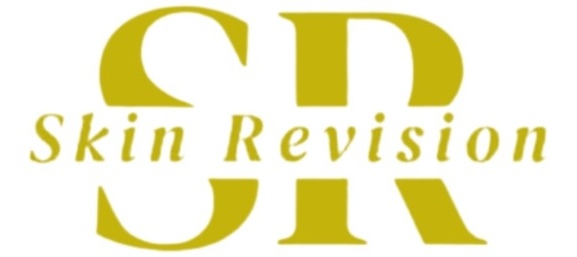Thread Veins – Beaconsfield
Thread veins or spider veins or broken small capillaries are small facial red veins that commonly appear around the nose, cheeks, chin and eyelids. They are often caused by many years of unprotected sun exposure, genetics, smoking or extended years of alcoholic consumption.
VeinAway thermocoagulation, is the most respected technology on the market today, and is used extensively in the USA as well as our Beaconsfield clinic. It is the safest way to reduce and remove thread veins/spider veins with just minimal discomfort.
Sharp bursts of high energy are carefully probed onto each micro-vein, causing the blood vein walls to collapse, be shut off, and die. The sight of each vein therefore disappears, leaving the skin clear and unblemished.







